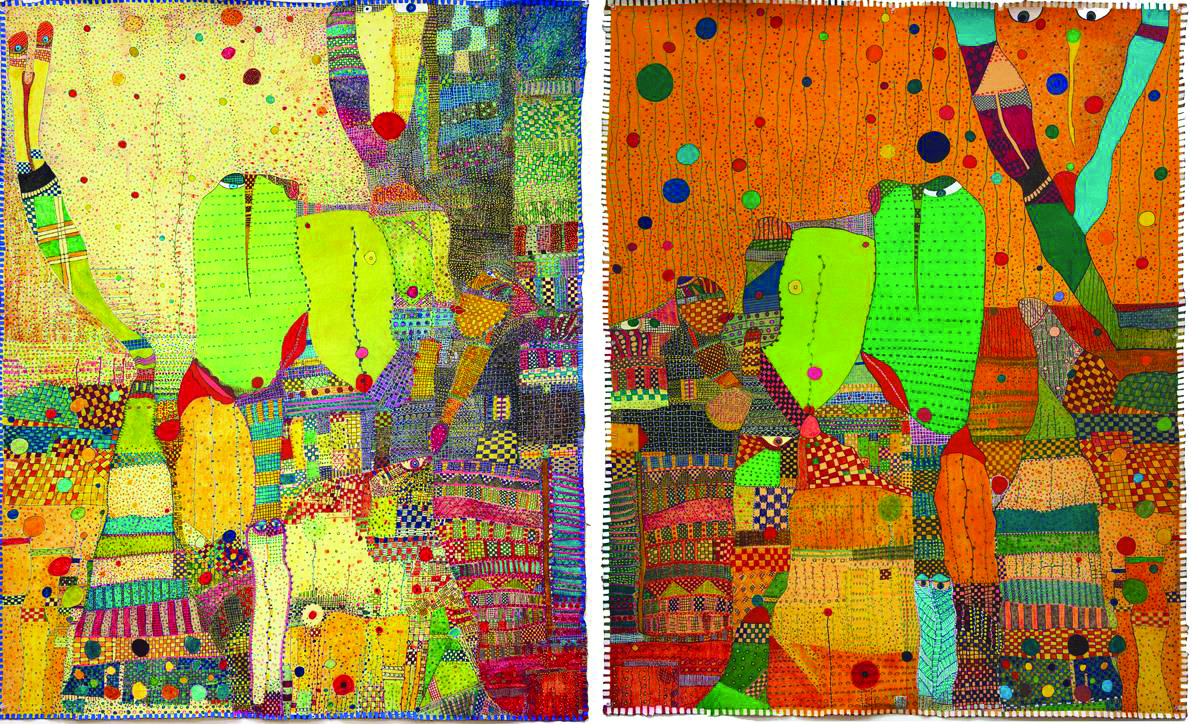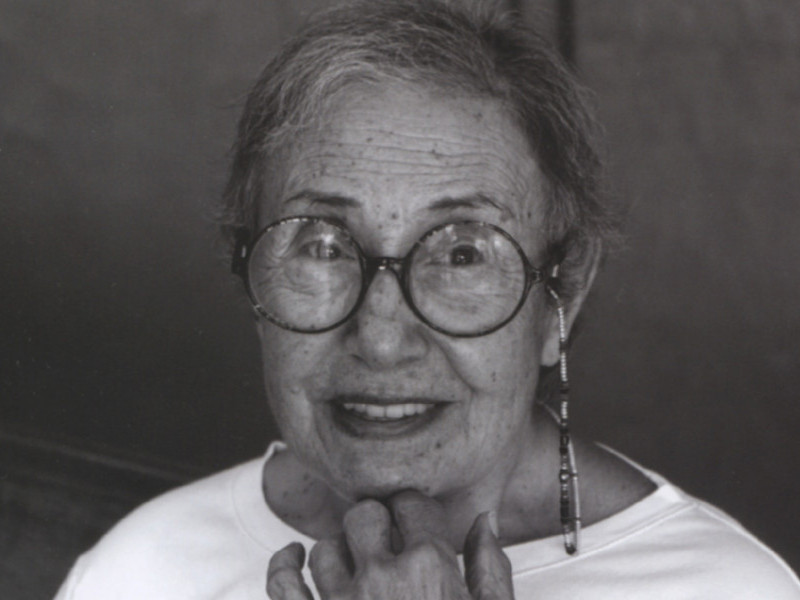
Rosinette Diptych, (2011)
Huguette Caland
Rosinette Diptych, 2011
2 paintings: acrylic and pen on canvas; 130 x 100 cm each
Collection Sharjah Art Foundation
search


Huguette Caland
Rosinette Diptych, 2011
2 paintings: acrylic and pen on canvas; 130 x 100 cm each
Collection Sharjah Art Foundation
Huguette Caland’s interdisciplinary practice traverses art, fashion and design. She was arguably the Arab world’s first abstract artist to address the limits and possibilities of the representation of the female body and the politics of beauty and femininity. The daughter of the first post-independence president of Lebanon, she broke with convention and chose a global and independent lifestyle. She married the Frenchman Paul Caland, who was the nephew of one of her father’s rivals, and had three children, all the while engaging in the Lebanese art scene. In 1970, she left Lebanon behind and moved to Paris, where she began the series ‘Bribes de corps’ (1970–1979). She also collaborated with designer Pierre Cardin, who took inspiration from her colourful abayas and transformed them with her assistance into elaborate dresses. In 1987, after the death of her then partner, the Romanian sculptor George Apostu, she relocated to Venice, California, and established her own studio. Here, she became a doyenne of the Los Angeles art world—welcoming famous LA artists, from Larry Bell to Ed Moses, to sit in her salon while she continued to work almost studiously. In 2013, she retired and returned to Beirut, where she passed away in 2019.
Caland’s work is primarily preoccupied with sensuality, desire, frivolity, touch, entanglement and other modes of ecstatic expression. Bribes de corps (1979) belongs to a series of self-portraits which invoke the body but never reveal it. In this work, a central shape, which could be the body, is presented in shades of pink, orange and yellow. In Rossinante Diptych (2011), one of her final works, body and space explode into a multi-colour universe that looks like it emerged from a utopian future.

Traversing art, design and fashion, Huguette Caland’s interdisciplinary practice encompasses both the figurative and the abstract.